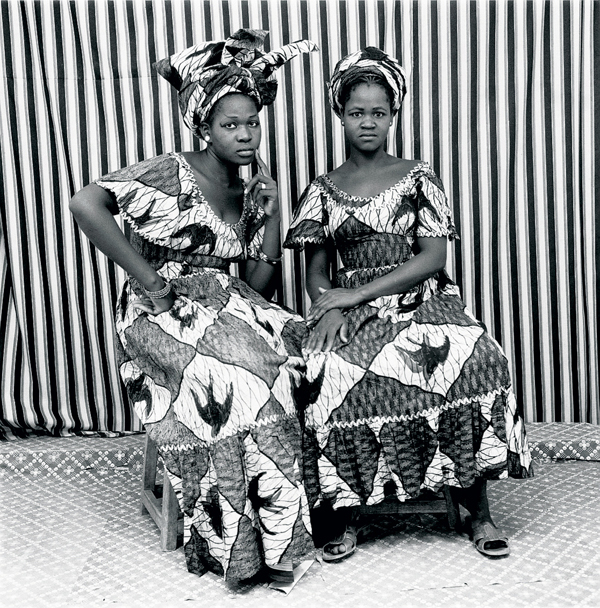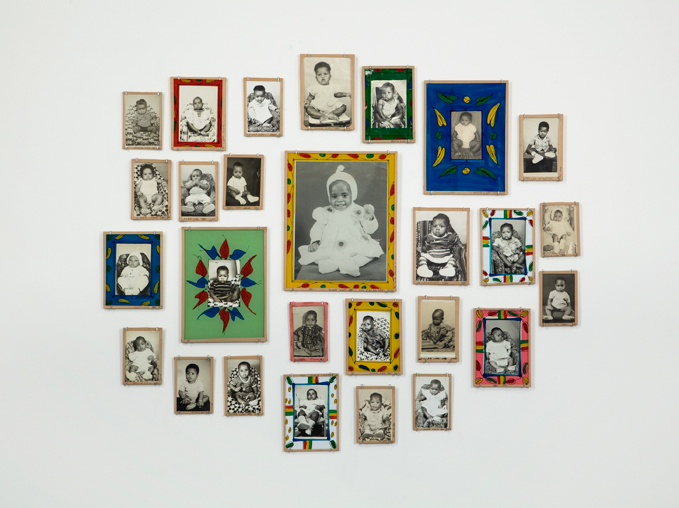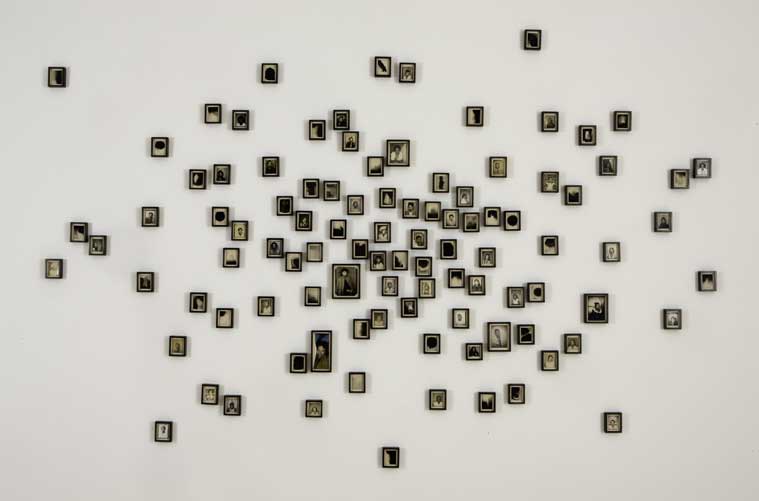Malick Sidibé

excerpt The Portable Portrait: Physicality, Meaning, and Mediation,
Presented by Allison Bolah, Minneapolis Institute of Arts, 13 April, 2013
Just as (Seydou) Keïta closed his studio, Malick Sidibé opened Studio Malick in Bamako. Like Keïta, Sidibé’s business was portraiture. He worked with 35 mm or medium format cameras that allowed him to photograph outside of studio. However, like Keïta, Sidibé also printed his images at portable sizes “suitable for sending through the post or for display in a domestic interior” (Batchen 254).
…(B)oth Keïta and Sidibé are important to discussions of the portable portrait because of the way size complicates the meaning of their work. Here, though, the discussion is not about the ways that small portraits can have different meanings. Rather, drawing on an article, Does Size Matter? by photography historian Geoffrey Batchen, I would like to consider the way a change in size can obscure full understanding of portraits – especially portable portraits.
When their work was introduced to the larger art world in the 1990s, Keïta and Sidibé’s photographs were treated in notably different ways. Keïta’s images were enlarged from 5×7 to 20×24 (Rips). While Keïta was comfortable with the change in size (“I knew then that my work was really, really good”), Batchen argues that, if “you actually care about their meanings and functions in Mali, where they were first taken,” then radically changing size is to bury the history behind portable portraits (254; 250). Sidibé’s photographs were shown at their original size. Gathered and grouped (252), viewers could interact with the work in ways similar to what Keïta or Sidibé’s patrons might have found those in their Bamako studios as described by Keïta: “I had pinned on the walls of the studio various samples of my work: men or women in bust, alone or by two, or even groups up to 6 people, families and so on” (“Seydou Keïta”).

Lorna Simpson’s 2009 installation Please Remind Me of Who I Am, is made of 50 ink drawings sized to match 50 aged, found photo booth portraits sent from African Americans in the North to their families in the South during the Great Migration. As presented at the Brooklyn Museum, the work echoes the installation of Sidibé’s work and similarly “insists on a close inspection and therefore a physical intimacy between” the viewer and the subjects in the photographs (Batchen 255). Neither Sidibé nor Simpson’s installation provides information on the sitters in these portable portraits, an anonymity that Simpson highlights in her drawings that, according to the curatorial notes, create a “sense of a missing history (that) is reinforced by the shadow images interspersed among the photographs” (“Brooklyn Museum: Lorna Simpson”)… Simpson’s piece exemplifies the complexity involved in understanding portable portraits when they are decontextualized.

